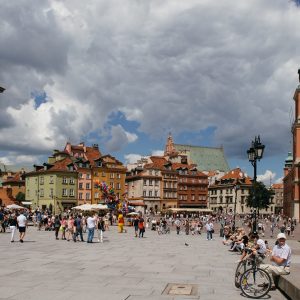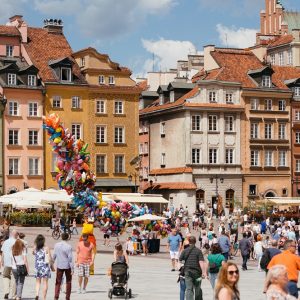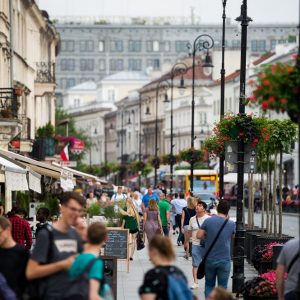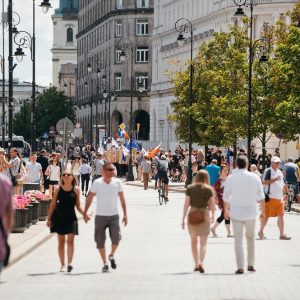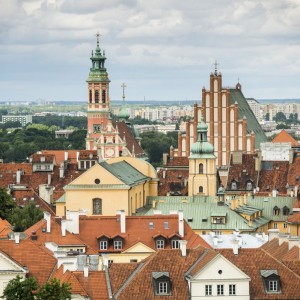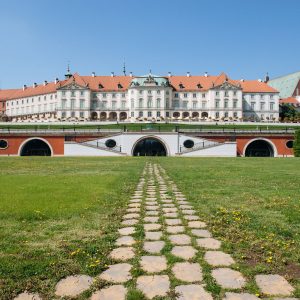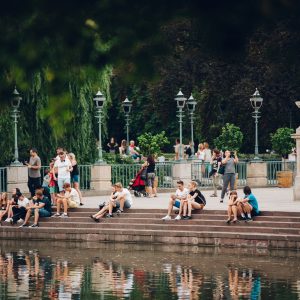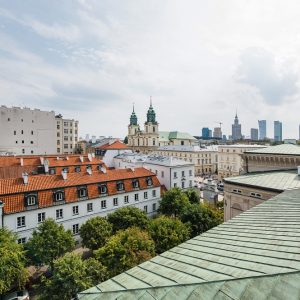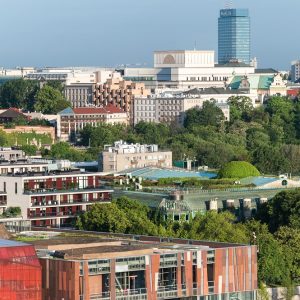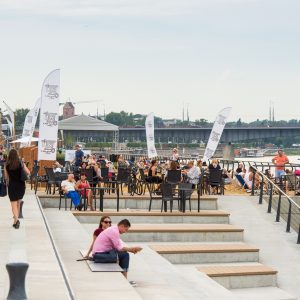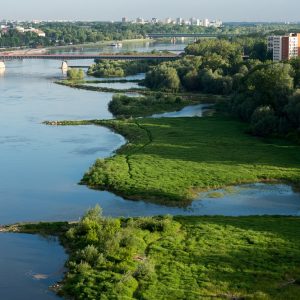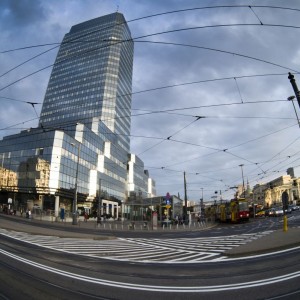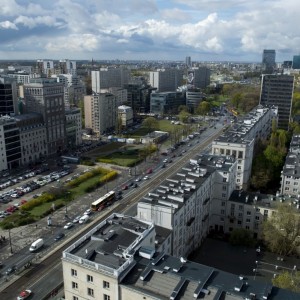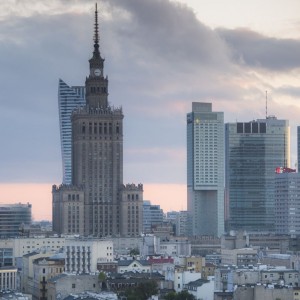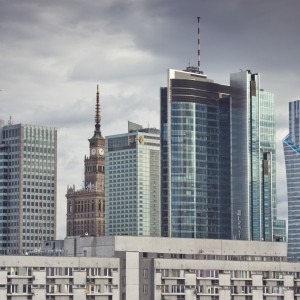The University of Warsaw has its seat in the capital of Poland, one of the most dynamically developing European cities. Warsaw is steadily climbing in international rankings of the world’s most attractive urban areas.
- According to QS Best Student Cities 2018 Warsaw took 53nd place among the best cities in the world. It receives a very high score in the affordability category – within the top five of the entire index – thanks to its combination of low living costs and reasonable tuition fees. Read more
- Warsaw is the country’s main research hub and is becoming a hub of globally competitive science – Nature, “Poland: Into the light”, 2017 Read more
- Warsaw has – for the second time running – been named fDi’s Polish City of the Future – fDi Intelligence (Financial Times), “Polish Cities of the Future 2017/18”, 2017 Read more
- Warsaw took 15th place among most sociable and friendly cities in the world – Businnes Insider, “ The 19 most sociable and friendly cities in the world”, 2017 Read more
- Warsaw is among the top European cities that are the best places to live and study in the Erasmus program – according to the a poll among students published by the Italian newspaper La Repubblica – La Repubblica, “Erasmus, Varsavia è la migliore. Guida alle mete per tutte le tasche”, 2017 Read more
Warsaw is one of the largest academic cities in our region of Europe.
With 240,000 people per year getting their academic education there, the capital of Poland has more students than Berlin in Germany or Prague in the Czech Republic.
Warsaw has 15 public Higher Education Institutions (HEIs). Apart from the University of Warsaw, students may choose academies with a more narrow scope of expertise: the medical academy, the polytechnic, the schools of economics or social sciences, the academy of fine arts, theatre or music, the military academy, the sports college or the theological academy.
The academies provide a focus for creativity, bring together talented specialists and attract foreigners. They create a climate favourable to innovativeness. Initiatives originating in the academic milieu enhance the city’s social and cultural life.
International students
Currently, Polish academies are hosts to 65 800 international students from over 150 countries. Warsaw and the region of Mazovia are most readily chosen by foreign students coming to Poland: here study 30% of all foreigners coming to Polish academies.
The University of Warsaw is the city’s oldest academy.
Other educational institutions have their origin in its structures. The Academy of Fine Arts, the Fryderyk Chopin University of Music and the Medical University of Warsaw readily admit that their beginnings are rooted in the history of the Royal University of Warsaw (which was how the University of Warsaw was called in the 19th century).
But the links between Warsaw’s universities were strong not only in the past. The academies work in close cooperation, developing joint research programmes and courses of study, instituting science consortia and completing cooperative projects. Mutual agreements guarantee students the opportunity to participate in classes not only at their own institution, but at the other ones as well. Students and scholars create a lively academic milieu that radiates its influence to other parts of the country. The presence of the academic community in city space favourably influences the character of Warsaw.
Practical Information for International Students and Staff – visit welcome.uw.edu.pl.





